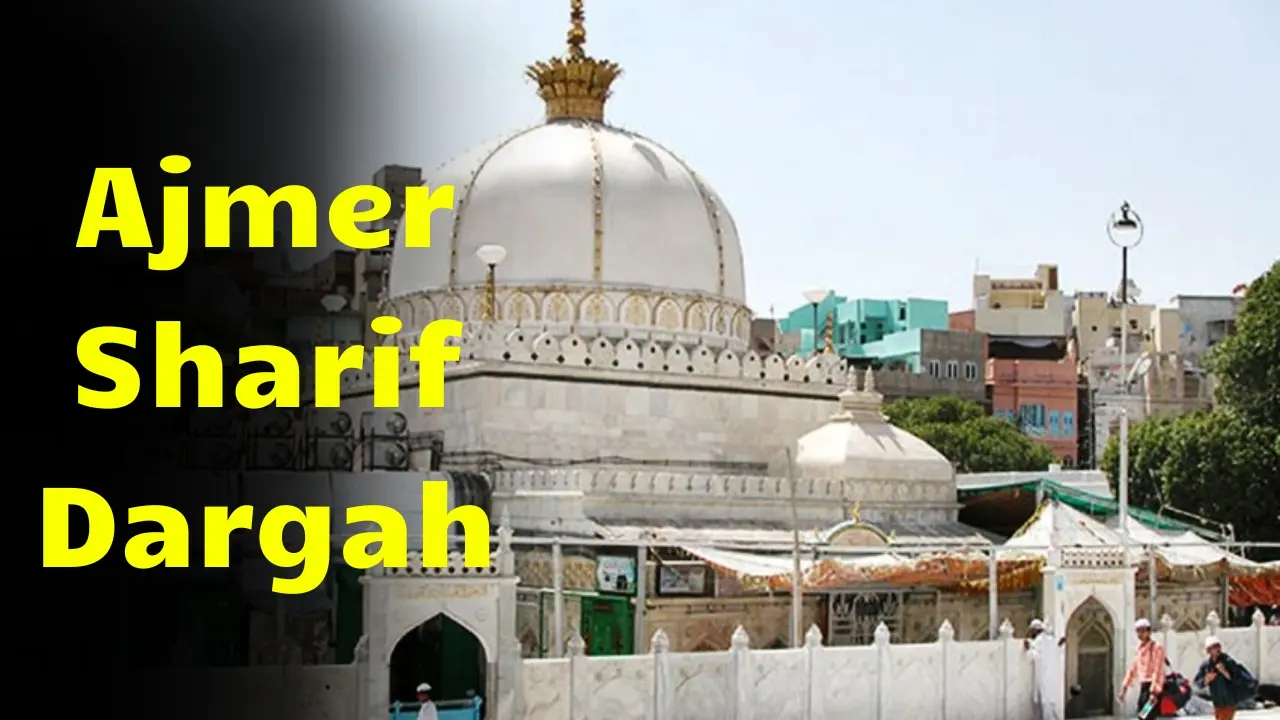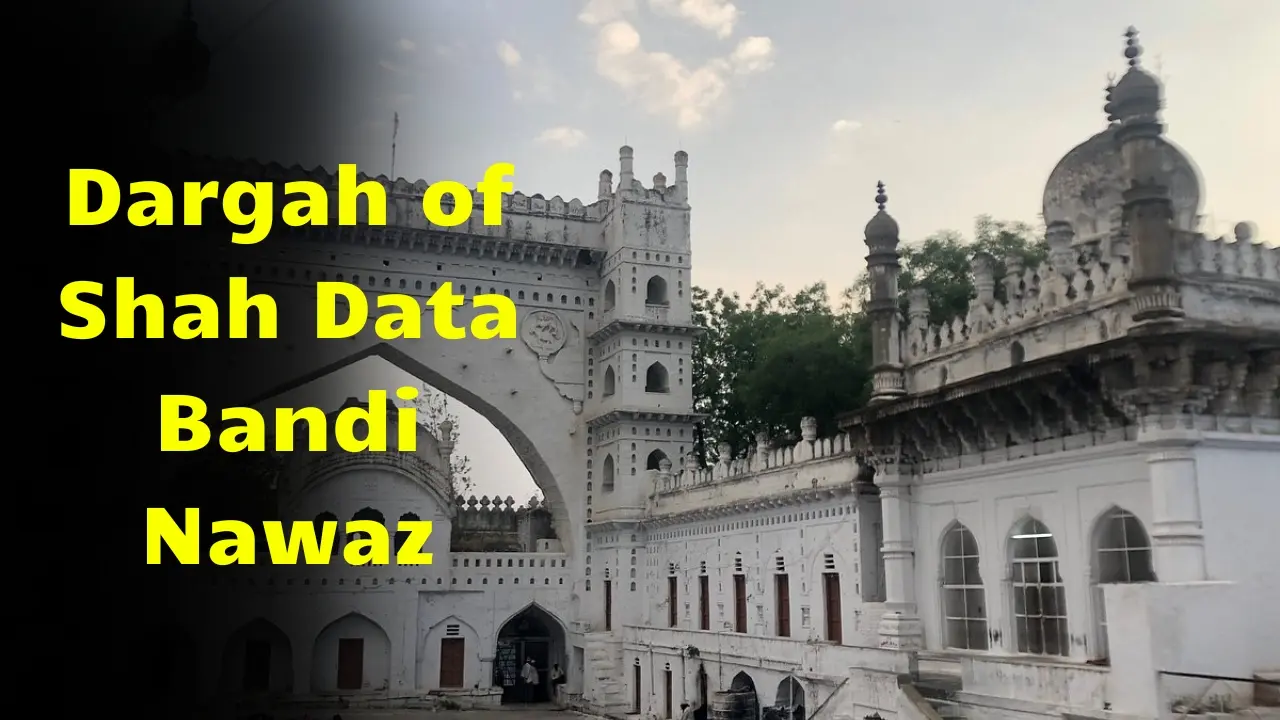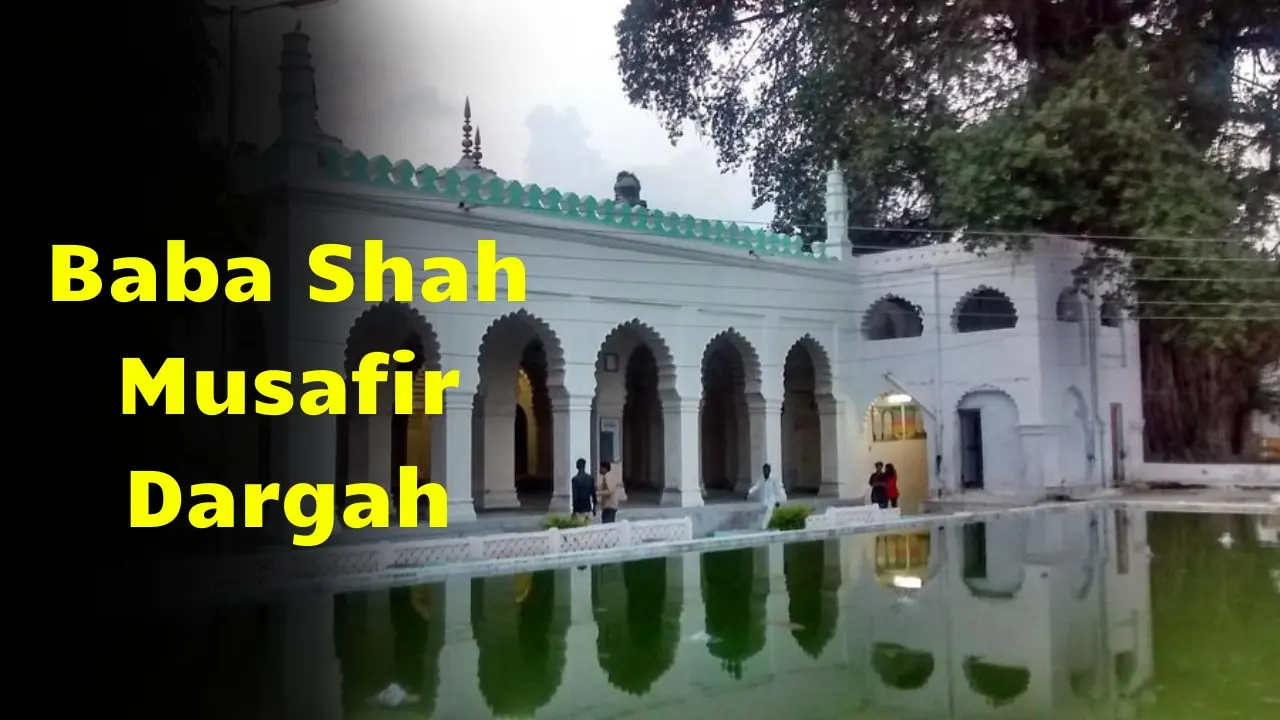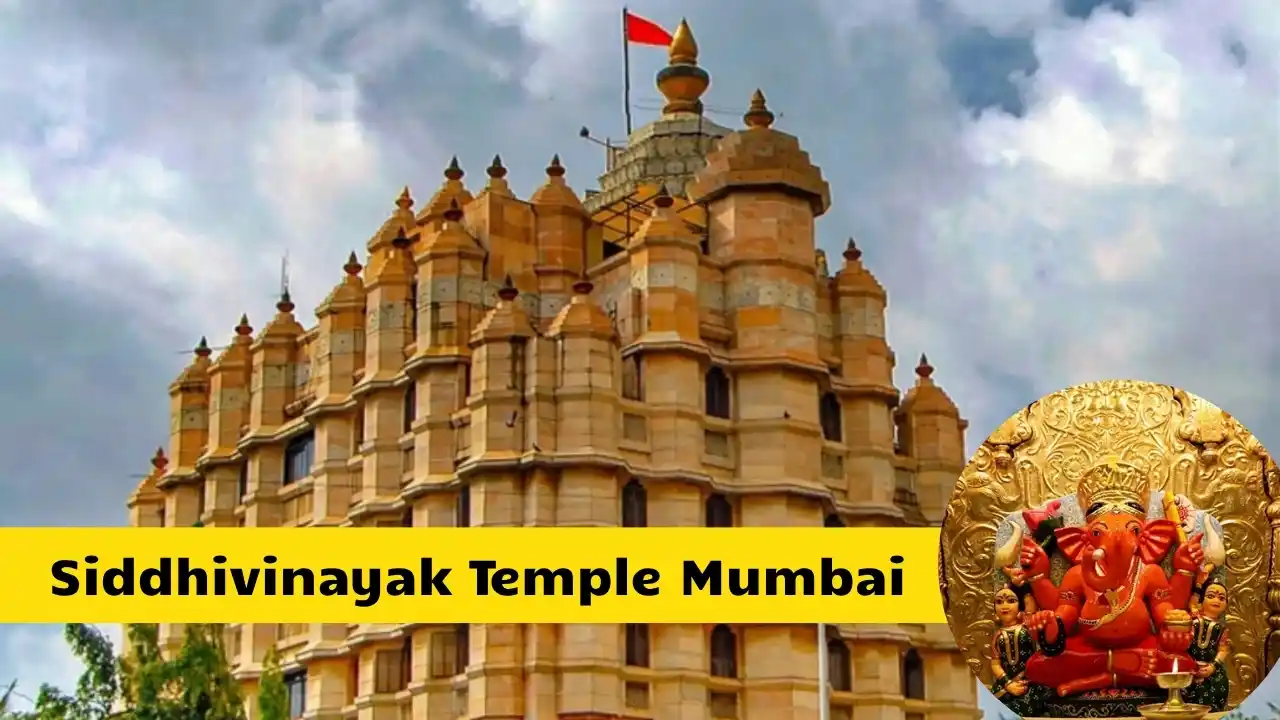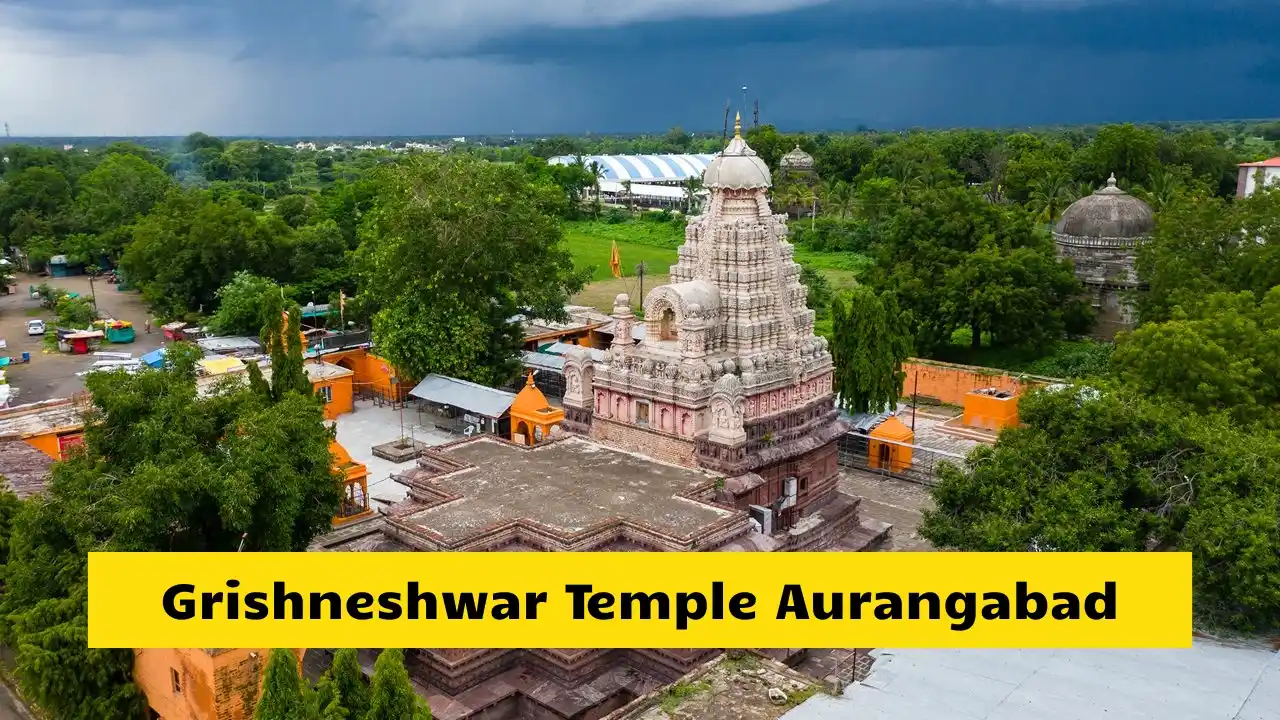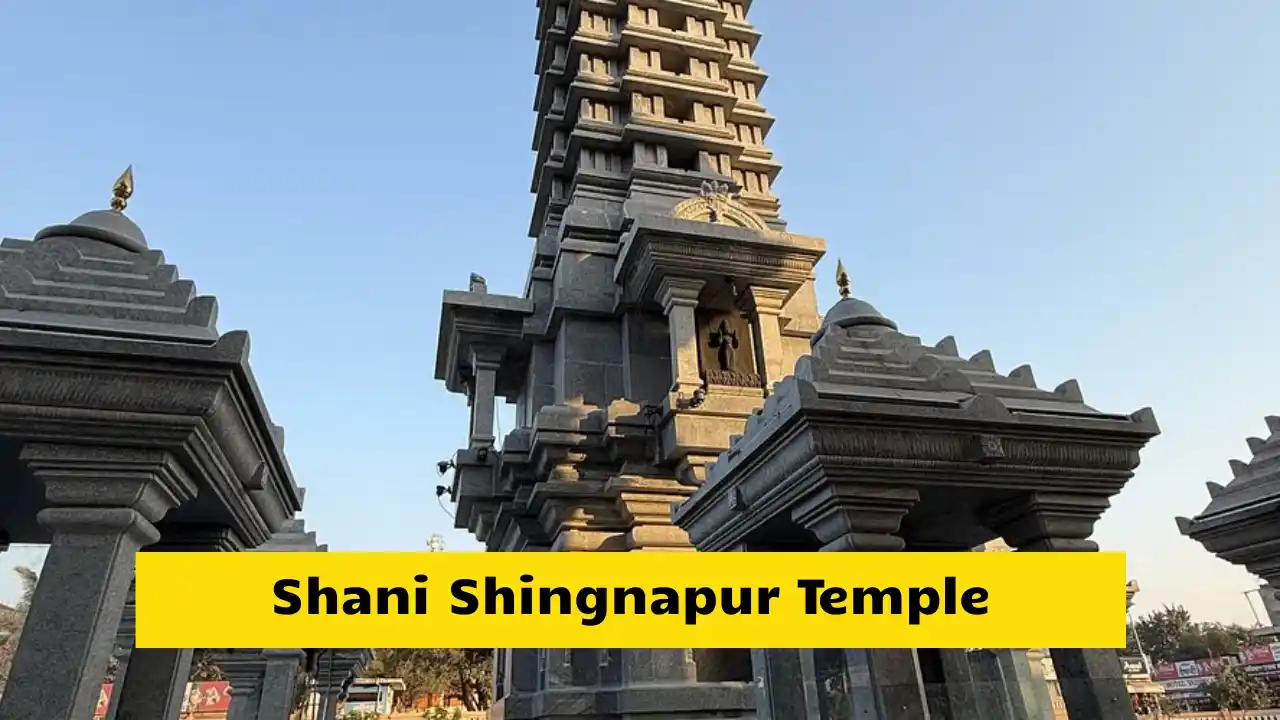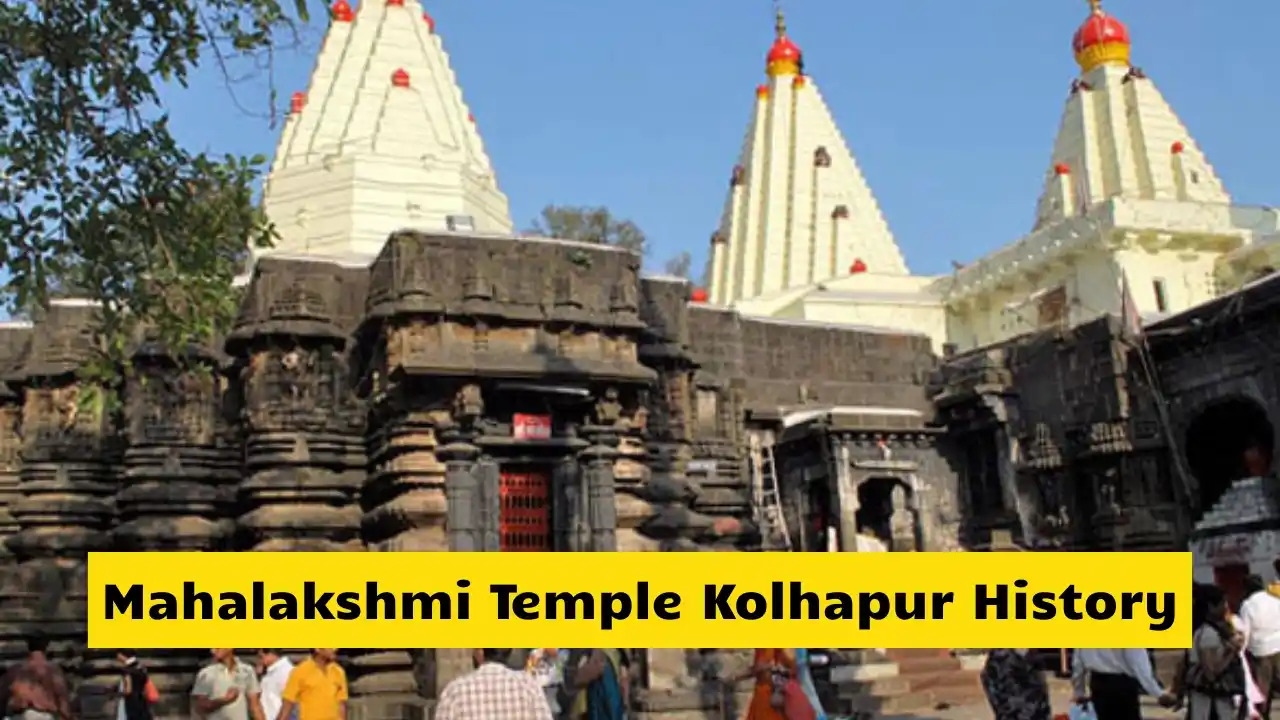Ajmer Sharif Dargah is one of the most famous and respected Sufi shrines in India. It is located in Ajmer city, Rajasthan, at the foot of the Aravalli hills. The Dargah is the resting place of Khwaja Moinuddin Chishti, also known as “Gharib Nawaz,” which means “Benefactor of the Poor.” Every day thousands of people, regardless of religion, visit this Dargah to offer prayers and seek blessings. The peaceful atmosphere and the faith of devotees make it one of the most spiritual places in the country.
History of Ajmer Sharif Dargah
Khwaja Moinuddin Chishti came to India from Persia in the 12th century to spread the message of love, kindness, and service to humanity. He lived a simple life, helping the poor and teaching people about faith and compassion. After his death in 1236 AD, his followers built the Dargah at Ajmer where he was buried. Over time, kings and emperors like Akbar and Jahangir visited and contributed to the Dargah’s construction and expansion. For centuries, it has remained a symbol of faith and unity among people of all religions.
Architecture and Structure
The Dargah of Khwaja Moinuddin Chishti is a beautiful example of Mughal architecture. The main gate, called Nizam Gate, welcomes devotees into the large courtyard. Inside stands a white marble dome built by Emperor Humayun. The inner chamber houses the saint’s tomb, which is covered with gold-plated ornaments, silver railings, and green silk chadars. The walls are decorated with verses from the Quran, and lamps burn continuously near the tomb. The compound also includes mosques, courtyards, fountains, and halls where qawwalis and prayers take place daily.
Significance of the Saint
Khwaja Moinuddin Chishti is known for his message of peace and equality. He believed that true worship means helping others and spreading love among people. His teachings reached both kings and common people, making Ajmer Sharif a center of Sufism in India. Devotees believe that no one leaves the Dargah empty-handed. Anyone who prays with a pure heart receives blessings. His title “Gharib Nawaz” reminds everyone that kindness to the poor is the greatest form of devotion.
Spiritual Importance
Ajmer Sharif Dargah is considered one of the holiest Sufi shrines in South Asia. People from all faiths visit here to seek relief from problems, thank God for blessings, or simply find peace of mind. Many devotees tie threads near the gates or windows to make wishes. Pilgrims say that visiting Ajmer Sharif brings inner calm and strength. The Dargah’s message of harmony attracts not only Muslims but also Hindus, Sikhs, and people from around the world.
Daily Routine and Prayer Timings
The Dargah opens early at around 4:00 AM and remains open till 10:00 PM. The day begins with Fajr prayer followed by cleaning of the tomb and offering of fresh flowers. Devotees start arriving soon after sunrise. The evening is marked by the Maghrib prayer, after which qawwalis and special dua sessions take place. Fridays are especially crowded because many people consider it a day of blessings. The sweet sound of prayers mixed with the fragrance of incense makes the place peaceful and divine.
Annual Urs Festival
The most important event at Ajmer Sharif is the Urs of Khwaja Moinuddin Chishti, celebrated every year during the Islamic month of Rajab. It marks the death anniversary of the saint and lasts for six days. Devotees from India and abroad gather in Ajmer during this time. The Dargah is decorated with lights, flowers, and colorful cloths. Qawwalis, prayers, and charity events continue day and night. During Urs, the atmosphere of Ajmer fills with devotion, music, and the spirit of unity. The event also includes a special chadar procession led by the Dargah committee and local devotees.
Offerings and Rituals
Visitors offer flowers, rose water, and green silk chadars at the tomb. Lighting incense and candles is common as a sign of respect. Some people distribute sweets or food outside the Dargah as part of a mannat, a promise made to the saint for fulfilling wishes. The Langar, or community meal, serves free food to thousands every day. These rituals remind devotees to stay humble, serve others, and thank God for His blessings.
Famous Visitors and Historical Importance
Over the centuries, many rulers and public figures have visited Ajmer Sharif Dargah. Mughal emperors Akbar and Jahangir made regular pilgrimages. Emperor Akbar even walked barefoot from Agra to Ajmer to thank Khwaja Sahib for the birth of his son. Modern-day leaders, film stars, and business people also visit the Dargah quietly to seek blessings. These visits show that the saint’s message of peace continues to inspire generations.
Architecture Additions by Mughals
Several Mughal rulers expanded the Dargah. Emperor Shah Jahan added the marble mosque, and Akbar built a huge gate and donated large gold lamps. The Buland Darwaza, a tall gateway, is one of the main attractions. The Dargah’s architectural blend of Persian, Mughal, and Indian designs reflects the spirit of togetherness that Khwaja Sahib preached all his life.
How to Reach Ajmer Sharif Dargah
Ajmer city is well connected by road, rail, and air. The nearest railway station is Ajmer Junction, only 2 km from the Dargah. The nearest airport is Kishangarh Airport (about 30 km away). Buses and taxis are easily available from Jaipur, Delhi, and other nearby cities. The Dargah is located in the heart of Ajmer, and the main bazaar around it is full of shops selling flowers, chadars, and souvenirs for devotees.
Best Time to Visit
The best time to visit Ajmer Sharif Dargah is between October and March when the weather is pleasant. During the Urs Festival, the crowd is very large, so visitors should plan early. Fridays are always special, but for a peaceful visit, early mornings on weekdays are ideal. Monsoon months can be crowded but also beautiful because the city looks fresh and green.
Etiquette and Rules
Visitors should remove footwear before entering the Dargah. Covering the head is a must for both men and women. Modest clothing is recommended. Photography is not allowed inside the tomb area. Silence and respect should be maintained. Donations can be made at official counters only. Avoid buying offerings from unapproved sellers outside the shrine. Volunteers and caretakers are always ready to help devotees.
Message of Peace and Unity
The Dargah teaches that love and service to others are the highest forms of faith. It reminds everyone that true religion is not about rituals but about compassion and kindness. The words of Khwaja Gharib Nawaz still echo in Ajmer — “Love all, hate none.” People from different backgrounds come here with one belief: that God listens when prayers come from the heart.
Conclusion
Ajmer Sharif Dargah is more than a historical monument; it is a living center of love and faith. Its history, architecture, and spiritual power make it one of the holiest places in India. Every prayer offered here carries the blessings of Khwaja Moinuddin Chishti. Visiting this Dargah fills the heart with peace and hope. Just like Sailani Baba Dargah in Maharashtra, Ajmer Sharif stands as a symbol of unity where devotion rises above religion and humanity shines as the greatest truth.
